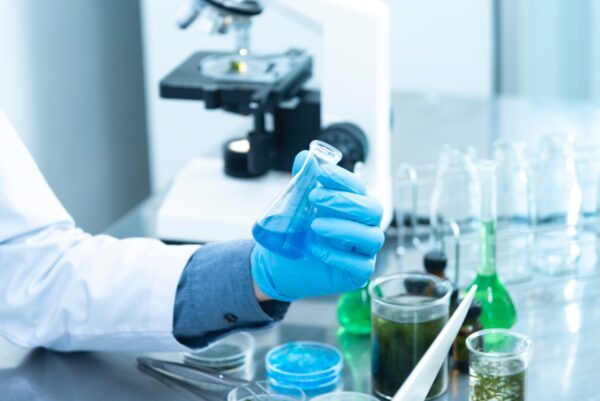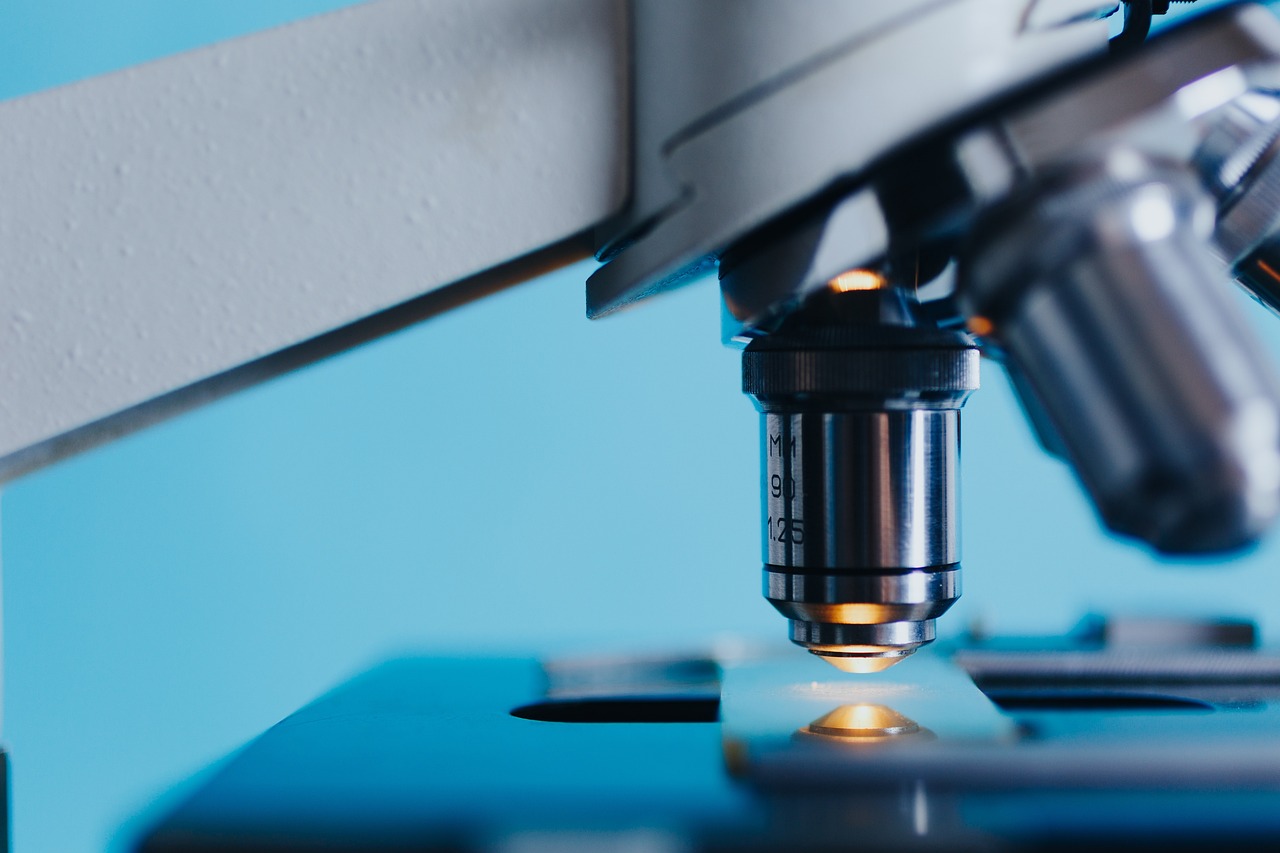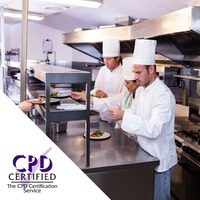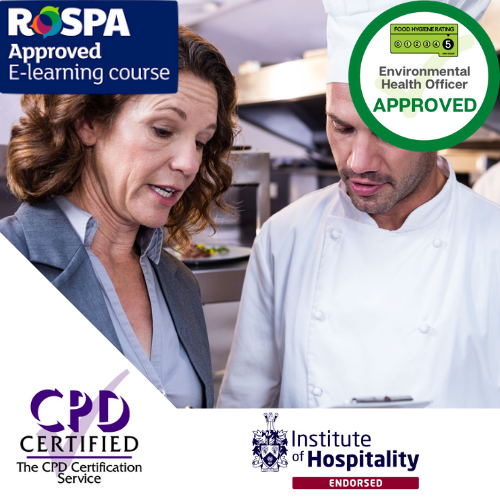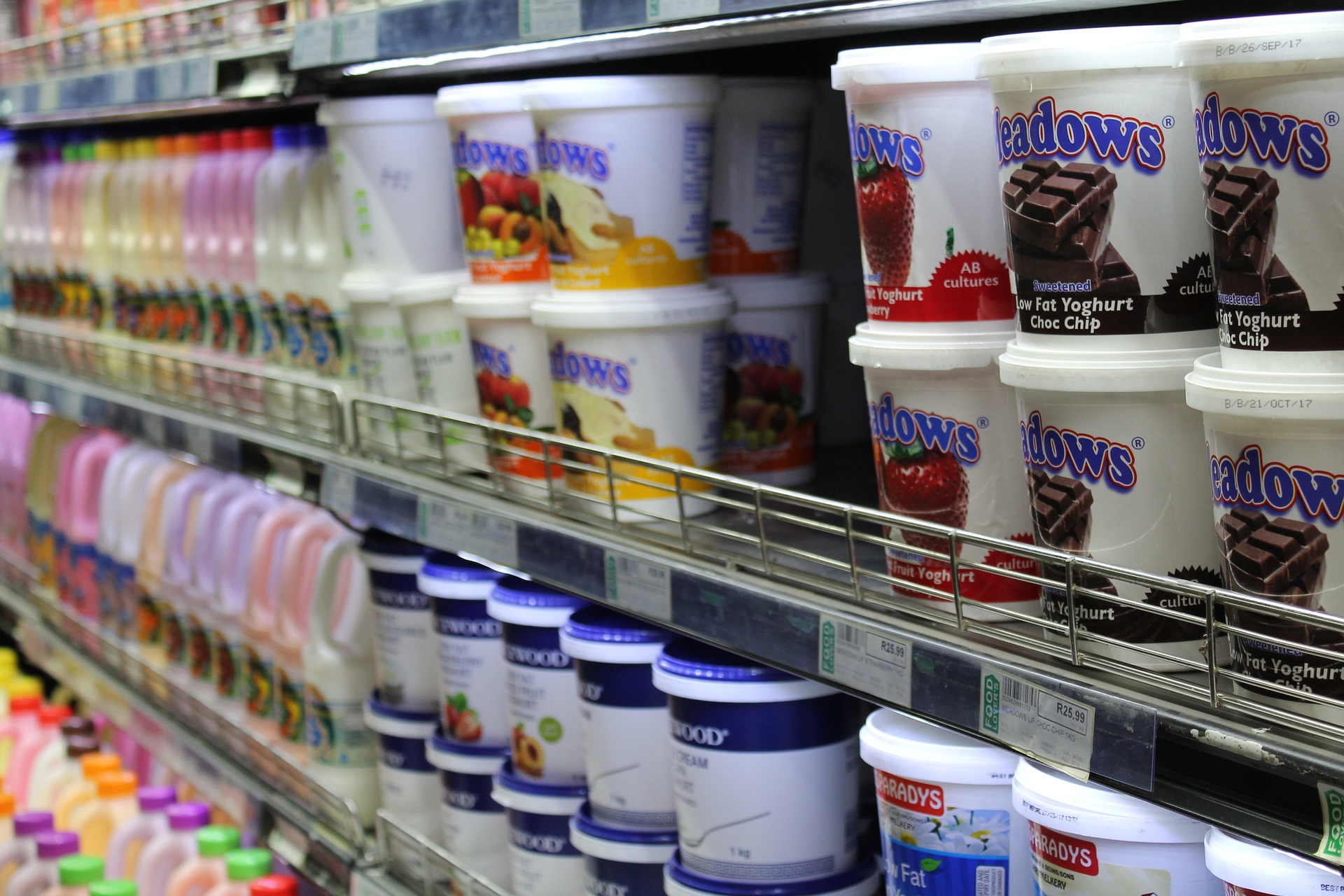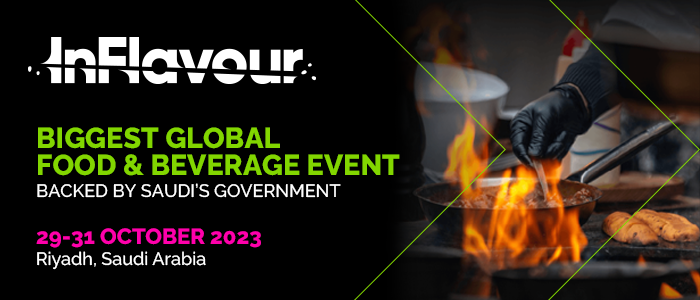FoodTechSafety is going to list the important terms and definitions for a food science & technologist student to prepare for the interview. This definition is going to help food science technologist students during their interviews & academics. As well as our site also points out every aspect of building your career in the food and catering industry
Terms and definitions
1. Food safety:
The concept is that food will not cause harm to the consumer when it is prepared and/or eaten according to its intended use.
NOTE 2: Food safety is related to the occurrence of food safety hazards and does not include other human health aspects related to, for example, malnutrition.
2. Food chain:
A sequence of stages and operations involved in the production, processing, distribution, storage, and handling of food and/or its ingredients, from primary production to consumption.
3. Food safety hazard:
Biological, chemical, or physical agent in food, or condition of food, with the potential to cause an adverse health effect
4. Food safety policy:
Overall intentions and direction of an organization related to food safety as formally expressed by top management.
5. End product:
A product that will undergo no further processing or transformation by the organization.
Read more: Top 11 best practices of a Food Safety Officer
6. Flow diagram:
A schematic, systematic presentation of the sequence and interactions of steps in a process. A flow diagram usually takes the form of a flowchart, where all steps in a process and their inputs and outputs (including byproducts and waste) are shown as boxes connected by unidirectional arrows.
7. Control measure:
An action or activity that can be used to prevent or eliminate a food safety hazard or reduce it to an acceptable level.
8. Prerequisite programs:
Basic conditions and activities are necessary to maintain a hygienic environment throughout the food supply chain which is suitable for the production, handling, and provision of safe end products and safe food for human consumption.
PRPs depend on the segment of the food chain in which the organization operates and the type of organization (see ISO 22000:2005, Annex C). Examples of equivalent terms are Good Agricultural Practice (GAP), Good Veterinarian Practice (GVP), Good Manufacturing Practice (GMP), Good Hygienic Practice (GHP), Good Production Practice (GPP), Good Distribution Practice (GDP), and Good Trading Practice (GTP).
9. Operational PRP (Operational prerequisite program):
A PRP is identified by the hazard analysis as essential in order to control the likelihood of introducing food safety hazards to and/or the contamination or proliferation of food safety hazards in the product(s) or in the processing environment.
10. CCP (Critical control point):
A step at which control can be applied that is essential to prevent or eliminates a food safety hazard or reduces it to an acceptable level.
11. Critical limit:
The criteria that separate acceptability from unacceptability.
12. Monitoring:
Conducting a planned sequence of observations and measurements to assess whether control measures are operating as intended.
13. Correction:
Action to eliminate detected non-conformity.
For the purposes of this international standard, a correction relates to the handling of potentially unsafe products and can, therefore, be made in conjunction with corrective action.
A correction may be, for example, reprocessing, further processing, and/or elimination of the adverse consequences of the nonconformity (such as disposal for other use or specific labeling).
14. Corrective action:
Action is taken to eliminate the cause of a detected nonconformity or other undesirable situation.
Corrective action includes cause analysis and is taken to prevent a recurrence.
15. Validation:
Obtaining evidence that the control measures managed by the HACCP plan and by the Operational PRPs are capable of being effective, especially the critical control points and critical limits.
16. Verification:
Confirmation, through the provision of objective evidence, that specified requirements have been fulfilled.
17. Updating:
Immediate and/or planned activity to ensure the application of the most recent information.
Conclusion
Becoming a Food Technologist or a Food Safety Officer is an exciting and rewarding career path. The specific Food Technologist and Food Safety Officer job interview questions we discussed here will not only help you prepare but will also give you a better understanding of what these roles entail. Remember to leverage your skills, experiences, and knowledge relevant to the role in each of your responses. Good luck!




